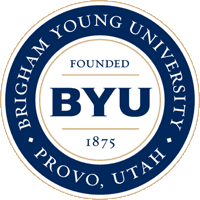Below is a summary of the abstract you submitted. Presenting author(s) is shown in bold.
If any changes need to be made, you can modify the abstract or change the authors.
You can also download a .docx version of this abstract.
If there are any problems, please email Dan at dar78@pitt.edu and he'll take care of them!
This abstract was last modified on May 15, 2017 at 12:53 p.m..

Writing has been shown to increase basic understanding in the classroom and is critical to most scientific study. We have developed twenty-one exercises designed to increase understanding of key phage hunters concepts through enhanced writing. Twelve of these assignments are for use in the in situ section of the course, and cover a range of topics including sources of contamination, phage lifecycles, performing serial dilutions and calculating PFU, reading scientific articles, electron microscopy, phage DNA isolation, restriction enzymes, archiving phage, and reading scientific blogs . The final assignment is a blog in which students summarize their in situ experiences. Nine assignments are designed for the in silico portion of the class. They focus on genomic analysis concepts including phage packaging mechanisms, coding potential, dot plot alignment, identifying motifs in phage DNA and phamerator as well as starterator. The final assignment is a group abstract students will use to prepare their final poster for the course. All twenty-one of the assignments are given two grades, one for accuracy ( based on whether the answer is correct and comprehensive) and one for writing (based on whether the answer is clear and concise). Although no concrete analysis of these exercises has been performed, student-reported classroom experience has improved. We present these exercises in hope that they will be useful as tools to increase understanding in other phage hunters classrooms.
